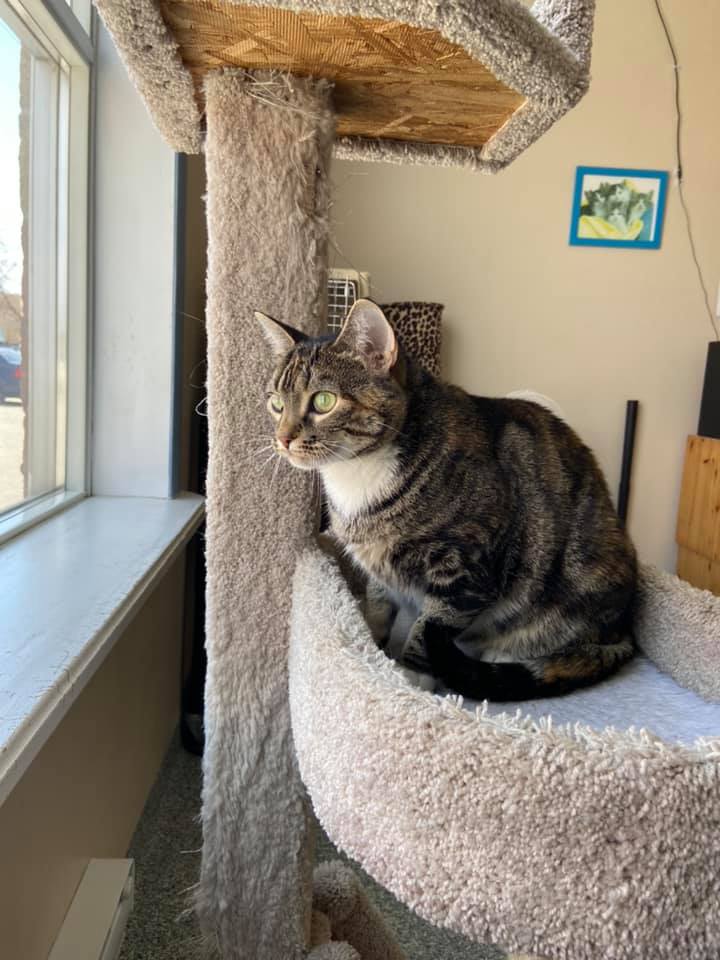
As COVID-19 stay-at-home restrictions are gradually lifted and we return to work, it may be a very confusing time for our pets after spending so much time with their human companions. Our pets have been there for us during these very uncertain times and we should do all we can to ease the transition to the new normal.
For many of us, being at home for this extended period has enabled us to become new pet owners. Whether you have adopted your pet from the local shelter, purchased from a breeder, are fostering for a shelter or rescue group, or you have had your pet for years, your pet may have become extremely dependent on you being there.
Some pets will adjust to the new routine just fine, while others may show mild anxiety when you leave. In some cases, this anxiety may be extreme. The anxiety may stem from the change in routine, or in some cases from the strong attachment they have made with their caretakers.
To help reduce separation anxiety when you begin to work away from home again here are 9 tips from the Oakville and Milton Humane Society (www.omhs.ca) for pet owners:
- Start now and plan out what the schedule will be when you return to work. You want to give your pet time to adjust to the new schedule and practicing helps establish the new routine.
- Play with your cat or dog early in the morning and later in the evening, just as you would when you return to work.
- Change your dog walking routine to early in the morning and the time that you would come home from work.
- Now that the weather is better, spend time out of the house, away from your pet gardening, or even talk a walk without them so they become used to spending more time without you.
- Leave your pet with something to do. Toys with treats in them, occupy their mind, and give them something to focus on when you are not home. There are lots of interactive toys available.
- When you are out of the house leave music or the TV on so they don’t feel as alone.
- Don't make a big scene when leaving your home and when you return don't give your pet direct attention for the first 10-15 minutes. This will help reinforce that the sooner your pet settles down, the sooner they will get your full attention.
- Make sure when you do return to work, you have allowed for time to exercise and interact with your pets so that their mental and physical needs have been met before you leave for the day.
- If possible, you may want to consider hiring a dog walker, especially if you have a new puppy. This will help you with housetraining and with socialization.
If you find that your pet has remained extremely anxious even after following these tips there are resources available. Seek out the assistance of your veterinarian who may be able to prescribe some anti-anxiety medications and in the case of dogs, a trainer who specializes in behaviour modification can also help.
